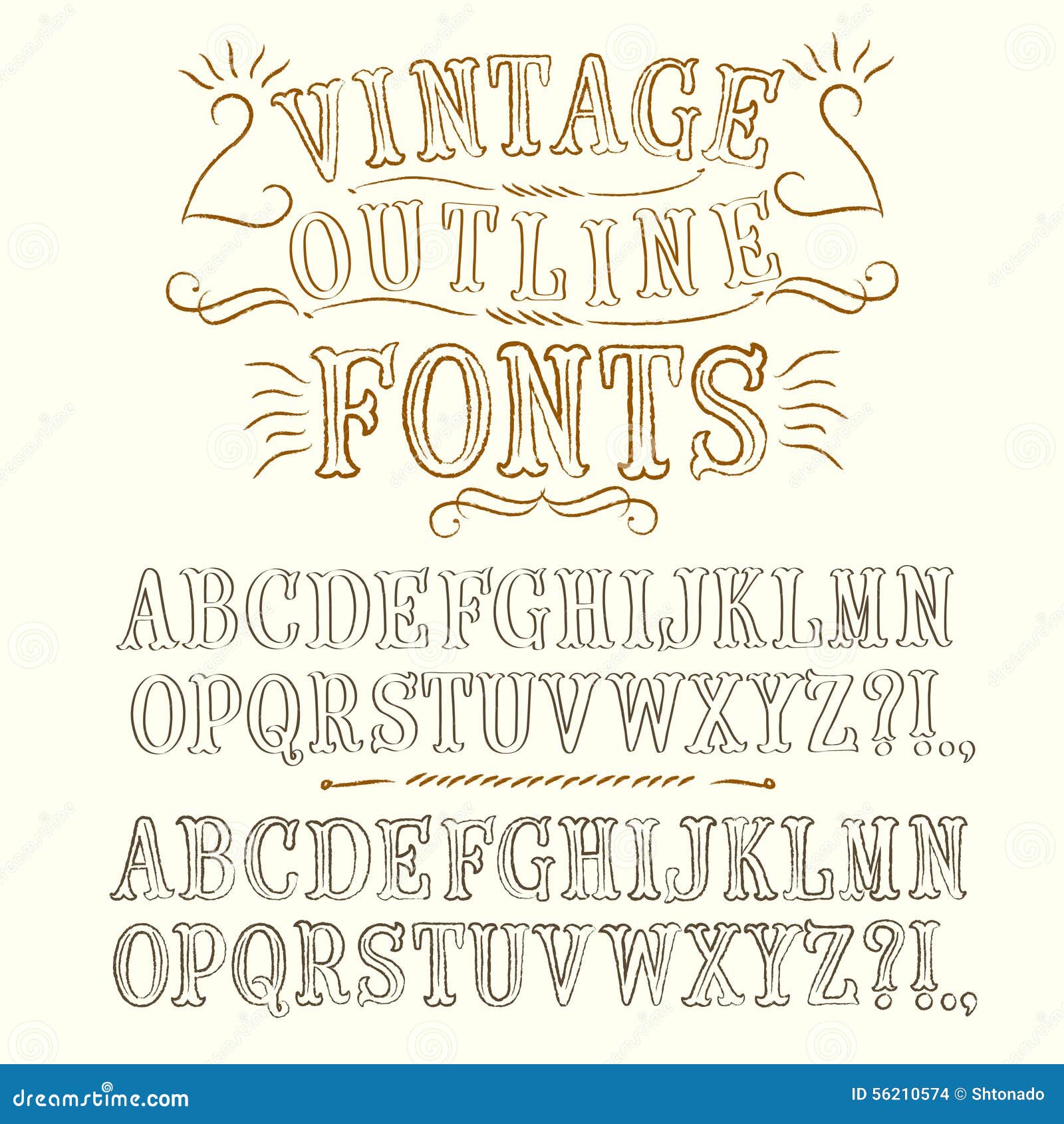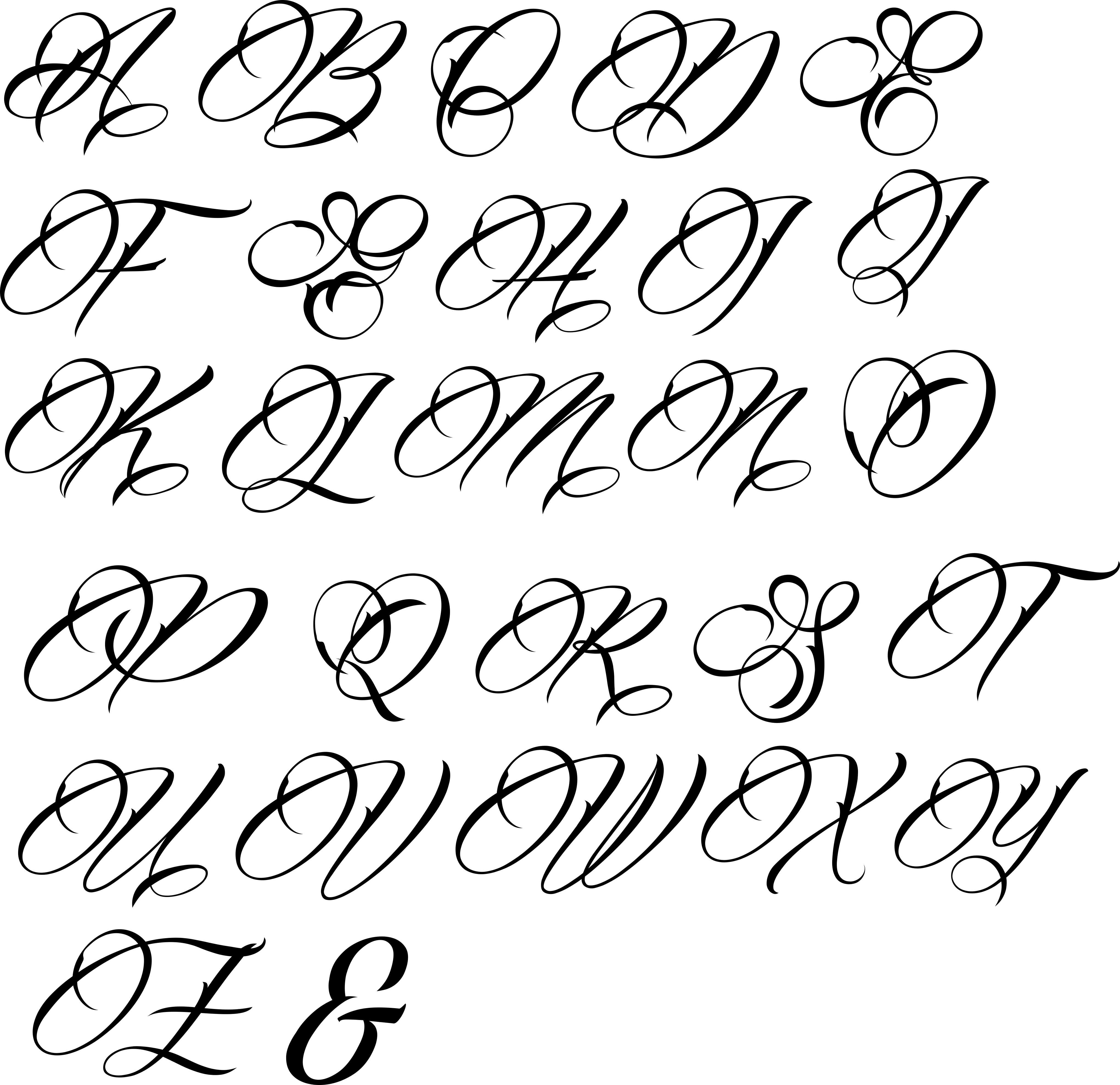
The transparent nature of outline fonts means that the background can significantly impact the font's visibility and overall appearance. Using them sparingly, for headers or brief pieces of text, can help mitigate these legibility issues.ĭesigners should also consider the interaction between the font and its background. The first is legibility: while outline fonts can be visually striking, they can also be challenging to read, particularly at small sizes or in large blocks of text. When using outline fonts, designers should consider several factors. What Factors Should Be Considered When Using Outline Fonts? From bold and impactful to delicate and intricate, outline fonts offer a wide range of aesthetic possibilities. Today, outline fonts are a common tool in the designer's toolbox, offering a simple yet effective way to add visual interest to a design. In the digital era, the ability to create and customize outline fonts has increased dramatically, leading to a vast array of outline fonts available for use. The use of outline fonts can be traced back to the early days of printing, where they were sometimes used for decorative or emphasis purposes. These fonts are usually best used sparingly, as accents or focal points within a design. However, due to their hollow nature, outline fonts may not be the best choice for body text or other instances where high legibility is necessary. They're often seen in logos, posters, headlines, or any design where a unique, visually striking text treatment can add to the overall aesthetic. Outline fonts are frequently used in situations where a visual impact is desired, or where the text needs to interact interestingly with a background image or color.

This versatility makes them suitable for various applications, from minimalist designs to more elaborate and decorative ones.

They can be bold or delicate, geometric or organic, modern or traditional. Outline fonts can come in all shapes and sizes, reflecting the wide range of styles seen in solid typefaces. These fonts create an impression of letters drawn with a single line, as they display just the contours or outlines of the characters, leaving the inner space transparent. Outline fonts, also known as hollow or line fonts, are typefaces that consist of outlined letterforms without a filled-in body.

)ģ- This can affect the appearance of 3D objects & 2d solids in your viewport.FAQs About Outline Fonts What are Outline Fonts? (You can create a custom visual style with these settings and app y it to all viewports using the properties palette in each layout simultaneously / or use a built-in visual style that has the silhouette edges on by default like the Hidden v.s. )Ģ- The settings you choose are global per viewport (the thickness and color are constant in each viewport regardless of layers, line weights, font sizes. or anything else.ģ- You can readjust or fine tune the thickness and color of the outlines very easily in each viewport using " VSSILHWIDTH " & " VSEDGECOLOR" without the need to recreate a nee font.ġ- Both variables would need to be set in each viewport. Control the edge thickness using " VSSILHWIDTH".ġ- Much simpler, you needn't go through all the hassle of duplicating texts, setting draw orders.Ģ- Changing the text will change the outline automatically, whether you changed the contents, the style, the formatting. I think a better solution would be to abandon duplicating the texts altogether, and:


 0 kommentar(er)
0 kommentar(er)
